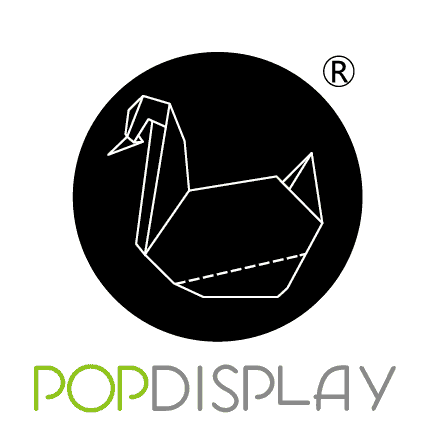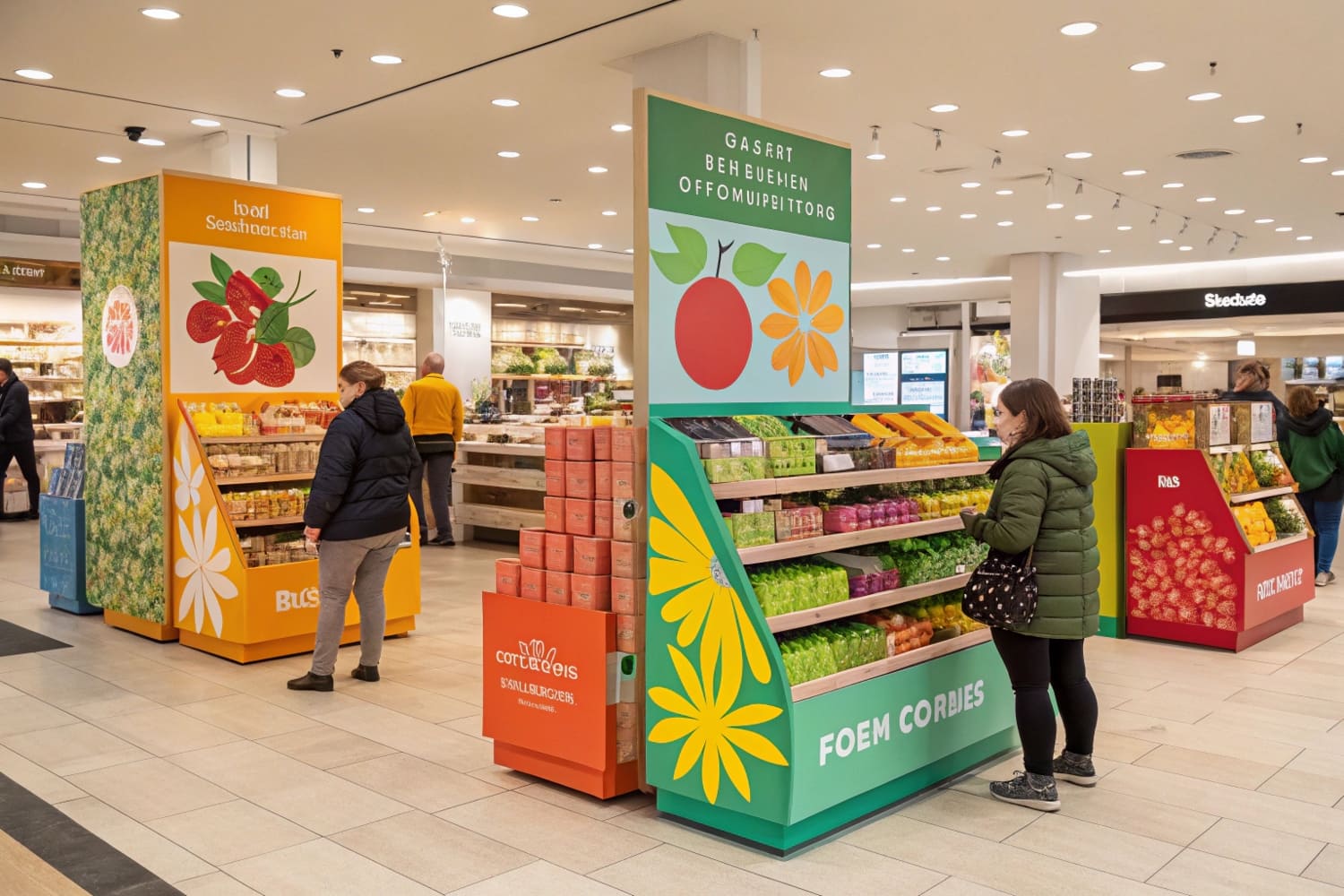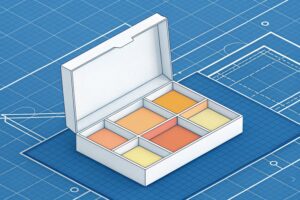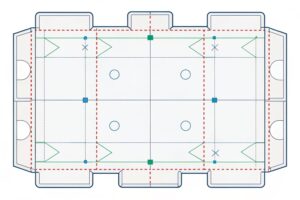Sales slow when displays feel old. Shoppers walk by. Inventory sits. I have seen this many times. So I use clear rules for refresh cycles that keep product moving.
Refresh seasonal displays every 4–8 weeks, with small weekly updates. Shift earlier if sell-through dips, traffic changes, weather flips, or fixtures wear. Align major resets with holidays, product launches, and local events.
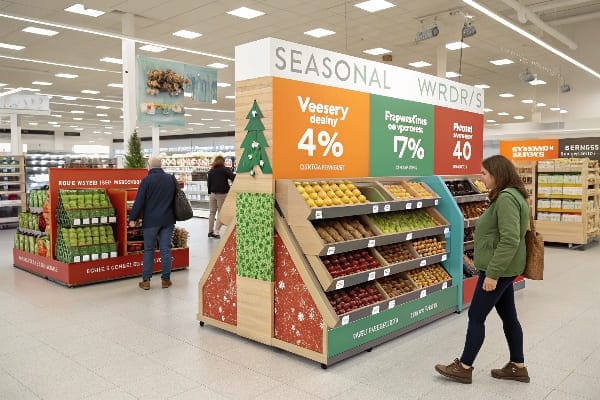
I will show simple timing rules, real triggers, and low-cost ways to refresh fast. I will also share a short factory story, so you see what works in the field.
How often should displays be changed?
Slow weeks happen. Staff gets busy. Displays stay the same. I face that pressure too. A fixed cadence helps the team plan, buy materials, and protect sales.
Change core seasonal displays every 6–8 weeks in most categories, every 4–6 weeks in fast-turn items, and make micro-updates weekly to keep the layout fresh without full rebuilds.

Practical cadence and triggers
I use a two-level plan. First, I lock a base refresh window. Second, I watch simple numbers each week. If sell-through1 drops below target, I pull the next reset forward. I also scan fixture wear, price changes, and weather shifts. For cardboard, small swaps keep cost low. Swap headers, add a new tray, or flip the hero SKU. My factory runs three lines, so we cut fresh headers in days. We test strength, then ship flat to lower freight. This lets buyers refresh fast, not just talk about it.
| Category (example) | Base refresh | Weekly micro-updates | Trigger to move earlier |
|---|---|---|---|
| FMCG snacks | 6–8 weeks | Facings, price cards | Sell-through down 15% week-over-week |
| Cosmetics | 4–6 weeks | Tester hygiene, hero shade | New launch or influencer spike |
| Electronics accessories | 6–8 weeks | Cable order, hooks | Returns or damage >2% |
| Toys & games | 4–6 weeks | Demo swap, small props | School break or local event |
Risks of waiting too long
If I wait, I see dust, bent shelves, and dull prints. Shoppers think the product is old. Staff stops engaging. Price labels drift. One missed cycle can cost more than the refresh itself. A small weekly habit avoids a painful full rebuild later.
How often are window displays changed?
Windows carry the brand before a word is said. People judge in seconds. If the window looks stuck, they assume the store is stuck too. I treat windows like media.
Change window displays every 4 weeks for most stores, every 2–3 weeks on high-traffic streets, and within 72 hours for key holidays or launches. Update small elements weekly.
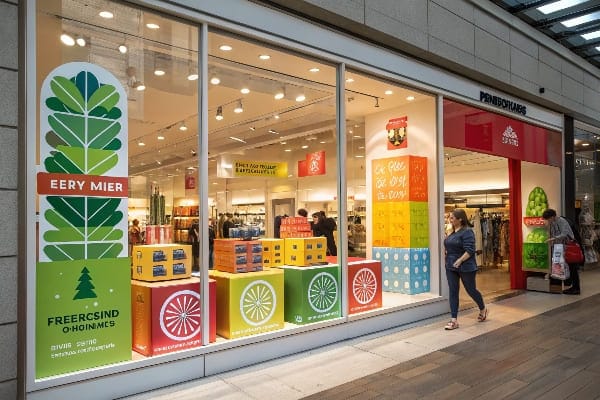
Match cadence to location and footfall
Window cadence depends on who walks by and how often. A flagship on a busy street needs faster change than a suburban strip location. Weather matters too. Sun fades prints. I use UV-stable inks and replace exposed headers sooner. For one hunting season project, our client David needed three window waves: archery opener, peak rut, and late season. We pre-packed dated kits. We also included extra decals because cold glass can bubble films. That small detail saved an emergency call.
| Store type | Typical cadence | Weekly touch points | Notes |
|---|---|---|---|
| Flagship street | 2–3 weeks | Clean glass, light aim | Treat as paid media |
| Mall inline | 3–4 weeks | Mannequin pose, sign tweak | Align with mall promos |
| Strip center | 4 weeks | Door decal refresh | Weatherproof materials |
| Specialty outdoors | 3–4 weeks | Trophy prop swap | Sync with local seasons |
Operating tips for windows
I keep window kits modular. I print layered pieces, so staff can swap a header or prop without ladders or long downtime. I add QR codes at eye level, never too low. I avoid busy art near door swings. I label each piece with a week number, so the change plan is simple.
What is seasonal display?
A seasonal display uses time and context to make products feel right now. It speaks to weather, holidays, local events, and habits. It connects mood, price, and need.
A seasonal display is a time-bound merchandising setup that links products to a timely theme, uses focused storytelling, and changes on a planned cadence to keep relevance and sales high.
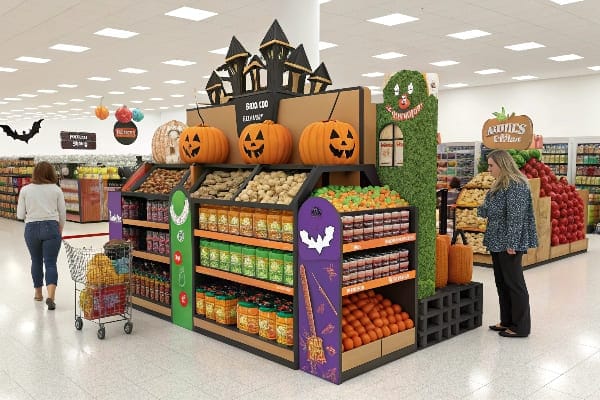
Core elements that make it work
A strong seasonal display2 has five parts. First, a clear theme. Second, a hero product3 or bundle. Third, a simple path for the eyes. Fourth, a reason to buy now. Fifth, a refresh plan. In cardboard, this is easy. I cut a bold header, two shelves, a side panel story, and a price strip. I can also add a try-me tray or a QR code to a short video. My team prototypes fast, then we run strength and transport tests, because nothing kills trust like a sagging shelf. We use water-based inks and certified board when buyers ask for it. That keeps the look clean and the paperwork ready.
| Element | Purpose | Example in cardboard |
|---|---|---|
| Theme | Set the mood | “Early Season Bow Prep” palette and icon |
| Hero | Focus attention | One flagship bow with two key SKUs |
| Path | Guide scanning | Top header → hero → add-on hooks |
| Urgency | Drive action now | Limited rebate ends Oct 31 |
| Plan | Keep relevance | Header swap at week 4 |
Formats to choose from
I pick the form based on traffic and basket size. Floor displays win when I need impact. Counter units work near checkout for add-ons. Pallet displays rule club stores. Shelf trays win for speed and planogram fit. I stay modular, so one print kit supports two or three setups with small changes.
How can visual merchandising displays be used to promote seasonal sales?
People buy when the display removes doubt. They buy when it feels timely. They buy when the price and package make sense. My job is to align these points.
Use displays to link a seasonal problem to a clear solution, show the hero and add-ons together, add urgency, and prove value with simple tests, demos, or social proof close to the product.
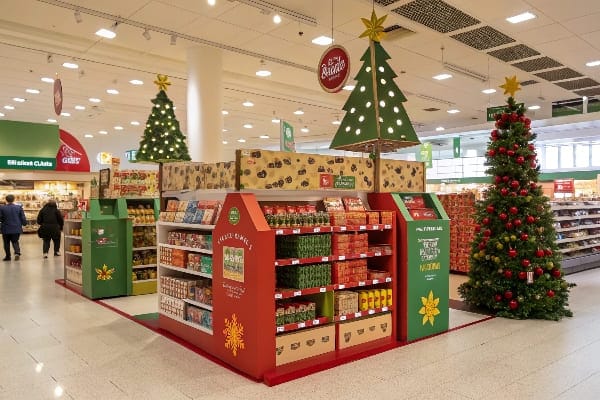
A simple playbook that works
I use a Plan-Do-Learn loop4. Plan the story and the bundle. Do the prototype, then a quick store test. Learn from sales and shopper feedback. Then I scale with small fixes. For David’s fall launch, we paired a crossbow hero5 with broadheads, wax, and a compact target. We put the bundle on one floor unit. We printed a short setup guide on the side panel. We added a QR code to a 30-second clip. We placed a small strength badge on the shelf to address safety concerns. We tracked sell-through daily for week one. When we saw faster movement in rural stores, we advanced the second wave there. We made the header brighter after day three because the aisle lighting was warm and dulled the art.
| Tactic | Display execution | Why it helps | KPI to watch |
|---|---|---|---|
| Problem → solution | “Cold-weather prep kit” bundle on one unit | Fast logic | Attach rate |
| Urgency | Date on price strip, limited bonus | Action now | Week-over-week sales |
| Proof | “Field-tested” icon6, UGC QR | Trust fast | Dwell time |
| Try-me | Safe demo or sample | Removes doubt | Conversion |
| Cross-sell | Add-on hooks near hero | Bigger basket | Units per ticket |
| Digital bridge | QR to short video7, AR try | Clarity, fun | Scan-to-buy rate |
Make it easy to execute
Good ideas die if stores cannot build them. I design parts that fold once, lock without tools, and ship flat. I print clear numbers on each piece. I include a one-page build map. I standardize tray sizes so replenishment is easy. I color-check prints with a simple swatch that replicates the final board, so the mass run matches the approved sample. This avoids the painful “the sample looked different” call. I use recycled board when specs permit, and I include certifications in the kit. Buyers care, and it speeds approvals.
Conclusion
Set a base cadence, watch simple triggers, and refresh in small steps. Keep displays modular, honest, and timely. Small weekly moves beat rare, big resets every time.
Understanding sell-through is crucial for optimizing inventory and ensuring products are moving efficiently. ↩
Understanding the core elements of a seasonal display can enhance your marketing strategies and boost sales. ↩
Selecting the right hero product is crucial for attracting customers and driving sales; explore expert insights on this topic. ↩
Understanding the Plan-Do-Learn loop can enhance your product development strategy and improve outcomes. ↩
Explore top crossbow accessories to optimize your hunting experience and ensure you have the best gear. ↩
Learn how the ‘Field-tested’ icon builds trust and influences consumer decisions in marketing. ↩
Discover effective strategies for using QR codes to engage customers and boost sales in retail. ↩
